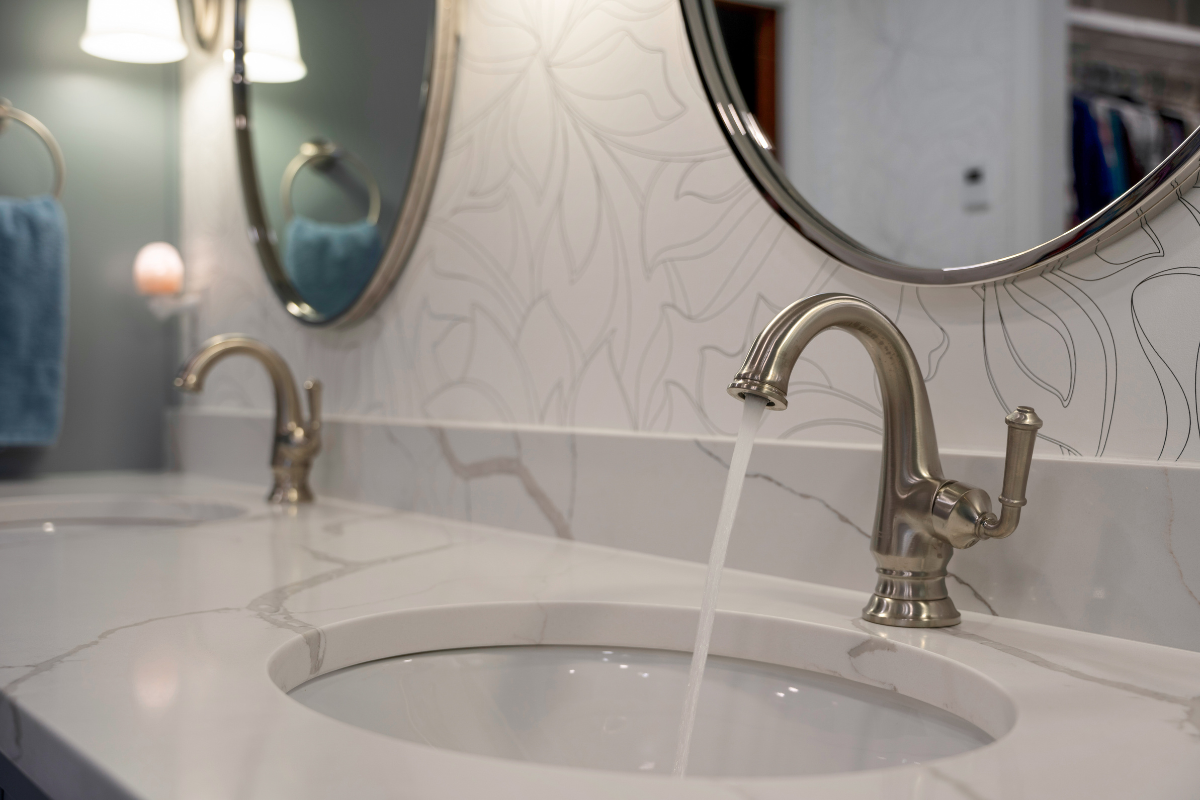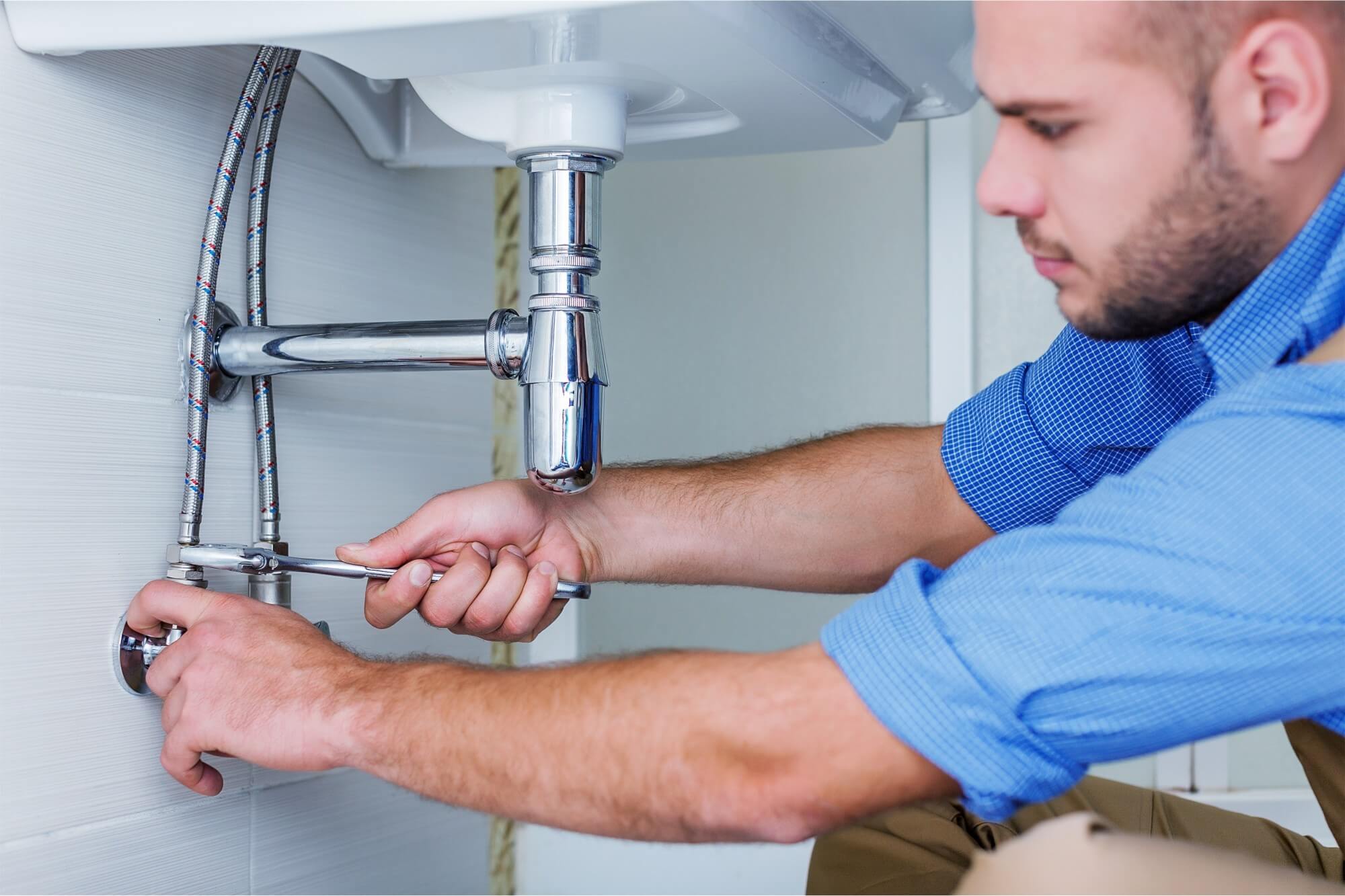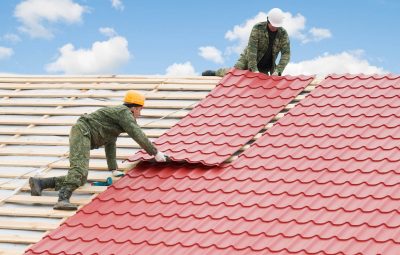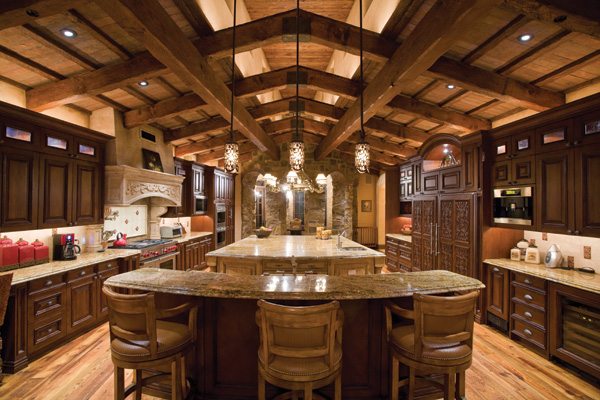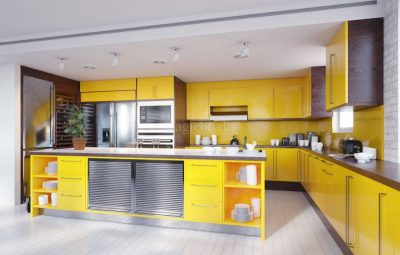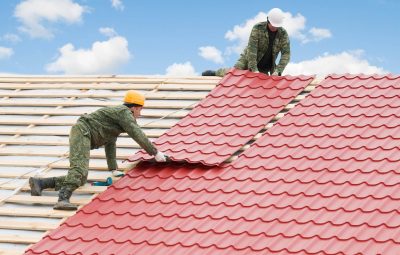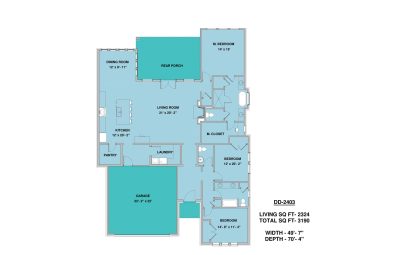Let’s be honest. The bathroom is, for many of us, a private sanctuary. It’s also, frankly, one of the most dangerous rooms in the house as we get older. Slippery surfaces, hard fixtures, and tight spaces create a perfect storm for slips and falls.
But it doesn’t have to be that way. Designing a bathroom for aging in place isn’t about giving up style or surrendering to a clinical, institutional look. It’s about foresight. It’s about weaving safety and accessibility so seamlessly into the design that you barely notice it—until you need it. This is about creating a space that supports your independence for years to come.
Why a Standard Bathroom Falls Short
Think about your current bathroom. That step over the tub ledge to get into the shower? It’s a balance challenge waiting to happen. The slick, porcelain tile floor? A potential skating rink when wet. And that low toilet? Well, getting up from it can feel like a core workout you never signed up for.
Standard bathrooms are designed for able-bodied, agile individuals. They don’t account for changes in mobility, balance, or strength. Aging in place design flips this script. It proactively addresses these pain points, transforming a hazard zone into a haven of security.
The Core Principles of an Accessible Bathroom
Before we dive into specific fixtures, let’s lay the groundwork. Every successful accessible bathroom design rests on a few key principles. You know, the non-negotiables.
1. Zero-Barrier or Curbless Showers
This is arguably the single most important feature. A curbless shower, also called a zero-threshold or walk-in shower, has no lip to step over. You just… walk in. It eliminates a major tripping hazard and, just as crucially, it accommodates a wheelchair or walker if needed.
Installation requires proper sloping of the floor to a central drain, but the payoff in safety and peace of mind is immense. It makes the entire bathroom feel more open and spacious, too—a win-win.
2. Grab Bars: Your New Best Friends
Forget the cold, stainless steel bars you remember from hospitals. Today’s grab bars come in a stunning array of finishes—chrome, brushed nickel, even colors that look like trendy towel racks. But don’t be fooled by their style; they are functional anchors.
You need them in the shower, by the toilet, and anywhere else a little extra support is useful. And here’s the critical part: they must be installed securely into wall studs or with specialized anchors designed to hold hundreds of pounds. A towel bar is not a grab bar. Seriously.
3. Non-Slip Flooring: The Unsung Hero
That glossy marble tile might look beautiful, but when it’s wet, it’s a deathtrap. The goal is to find a floor covering that provides traction even when soaked. Look for a high Coefficient of Friction (COF) rating.
Excellent options include:
- Textured porcelain or ceramic tile: Offers the look of stone with a much safer, grippier surface.
- Sheet vinyl: Modern vinyl is stylish, waterproof, and naturally slip-resistant. Plus, it’s softer underfoot, which is easier on the joints.
- Luxury Vinyl Plank (LVP) or Tile (LVT): Provides the look of wood or stone with excellent water resistance and a textured, safe surface.
Key Fixtures and Features for Safety and Ease
Okay, with the principles down, let’s get into the nitty-gritty. What specific products make a difference?
Comfort Height Toilets
Also known as right-height or chair-height toilets, these are about 2-3 inches taller than a standard toilet. That might not sound like much, but it makes sitting down and standing up significantly easier on the knees and back. For even more assistance, consider a toilet with a bidet function—it promotes hygiene and independence.
Shower Seats and Handheld Sprayers
A built-in or teak shower seat isn’t a luxury; it’s a necessity for anyone who tires easily or has balance issues. It allows for a comfortable, seated shower. Pair it with a handheld showerhead. This simple device gives you complete control over the water flow, making it easier to rinse off without awkward contortions.
Lever-Style Faucet Handles
Arthritis or reduced hand strength can make twisting a knob-style faucet nearly impossible. Lever handles, on the other hand, can be operated with a push from a hand, an elbow, or even a closed fist. It’s a small change with a huge impact on daily usability.
Lighting and Layout: The Subtle Game-Changers
Safety isn’t just about what you can touch; it’s about what you can see. And how you move.
Lighting: As we age, our eyes need more light. But it’s not just about brightness; it’s about eliminating shadows. Layer your lighting with overhead ambient light, task lighting around the mirror, and strategic night lights that automatically illuminate a path to the bathroom after dark. Motion-sensor lights are a fantastic, low-effort solution.
Layout and Clearance: An accessible bathroom needs ample room to maneuver. The goal is at least a 5-foot turning radius for a wheelchair. This means considering pocket doors that slide into the wall instead of swinging inward, and opting for a vanity with open space underneath. This “toe-kick” clearance allows you to roll right up to the sink.
Planning Your Accessible Bathroom: A Quick Checklist
| Zone | Key Features to Include |
| Shower | Zero-barrier entry, built-in seat, grab bars (vertical and horizontal), handheld showerhead, thermostatic valve to prevent scalding, non-slip floor. |
| Toilet | Comfort height, grab bars on at least one side (ideally both), wall-mounted for easier floor cleaning. |
| Sink/Vanity | Open space underneath, lever handles, wall-mounted to adjust height, insulated pipes. |
| Overall Space | Wide doorways (36″ min.), non-slip flooring throughout, excellent layered lighting, clear pathways, pocket doors. |
Honestly, you don’t have to do everything at once. Maybe you start with a comfort-height toilet and some strategically placed grab bars. That’s a fantastic start. The key is to think ahead.
It’s More Than a Renovation—It’s Peace of Mind
Designing a bathroom for aging in place is a profound act of self-care or care for a loved one. It’s an investment not just in your home’s value, but in your quality of life. It’s the quiet confidence of knowing your home is on your side, adapting to you rather than you having to adapt to it.
It’s about preserving dignity and choice. Because the goal isn’t just to live at home. It’s to thrive there.


